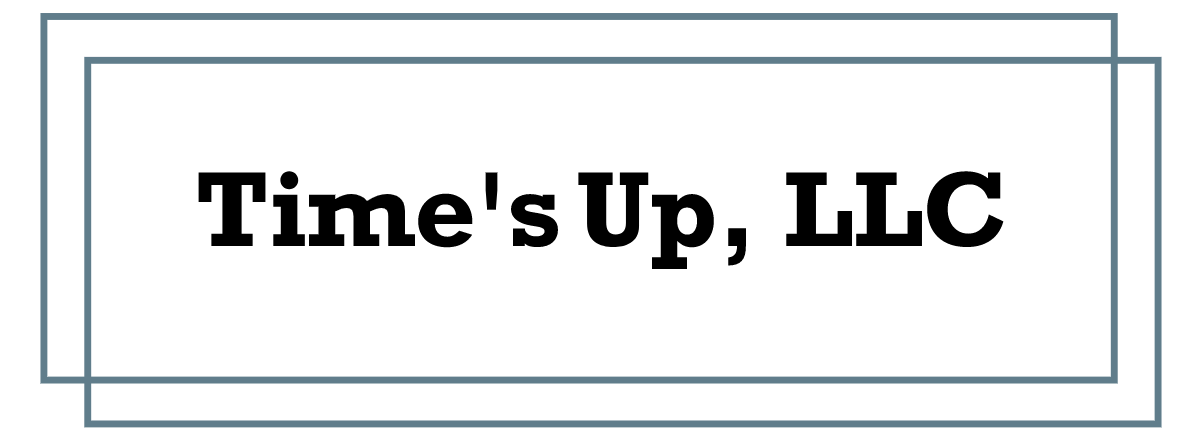Malcolm Gladwell has his vocal critics, to be sure. You don’t sell millions of books without taking some shots along the way, right? A few weeks back, New Republic blogger John Gray called Gladwell a fairy-tale writer, noting his “comforting tales of self-improvement and overcoming evil are given a thin gloss of scientific authority.” Gray, author and emeritus professor at the London School of Economics, comes off as what Kurt Cobain once called a self-appointed judge who’s never sold much of anything. We’re likely talking good old-fashioned jealousy here, and that’s okay. Let’s assume two things about Gray: he’s far smarter than you and me and his books are drier than Aunt Peggy’s month-old peanut brittle. Gladwell’s books are runaway bestsellers because they’re informative, clever, and fun to read. And the author is pretty lovable, as evidenced in his recent 60 Minutes interview, the final tick-tick-ticks of which he admits that no one is more mystified by his success than he is. It’s all part of the author’s genius: write a book called David and Goliath, ostensibly casting yourself as the slender shepherd, your critics as bloated, sword-wielding giants. Well played, sir!
The book examines the misleading nature of so-called advantages, as in we assume that David has no shot at beating a behemoth like Goliath. What the author examines is something called “desirable difficulties,” ones from which we’re not necessarily left worse off than we would be otherwise. David Boies may not be a household name, but he is in fact a world-renowned attorney. More remarkable than his lead prosecution of Microsoft of antitrust violations in the ’90’s is the fact that he has battled dyslexia his entire life. Gladwell uses Boies as a prime example of one who learned to use creativity, memorization, and keen listening as ways to overcome his affliction. In no way would you wish dyslexia upon another, and yet here it says that Boies has become an expert perhaps even because of what ails him. One who scraped his way through school is not an obvious candidate to climb to the top of the legal profession and those who skate their way into Harvard Law are… right? Perhaps not.
Among the key takeaways of David and Goliath are myriad examples of the inverted-U curve, from which we learn that there can indeed be too much of a good thing. The inverted-U has three parts (well, four actually, according to Gladwell’s stickler mathematician dad, but let’s not delve too deeply, okay?). On the left side, we see having more makes things better; in the flat middle, where it matters little; and on the right, where it makes matters worse. If you were asked at what household income diminishing marginal returns set in, what would you guess? A couple hundred thousand dollars, perhaps? Not even close; it’s $75,000. As hard as it is to raise children when earning along the poverty line, it can also be just as difficult at much higher levels. So if you’re a “one-percenter” and your offspring never seem content, you might at least read Chapter 2. Or make your kids read it. Then tell ’em the iTunes budget in 2014 is for self-improvement books only.

